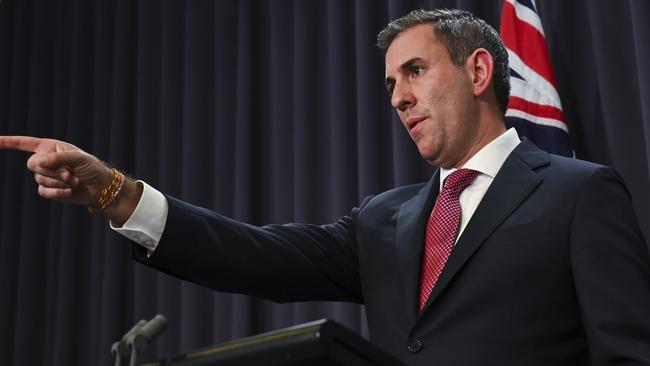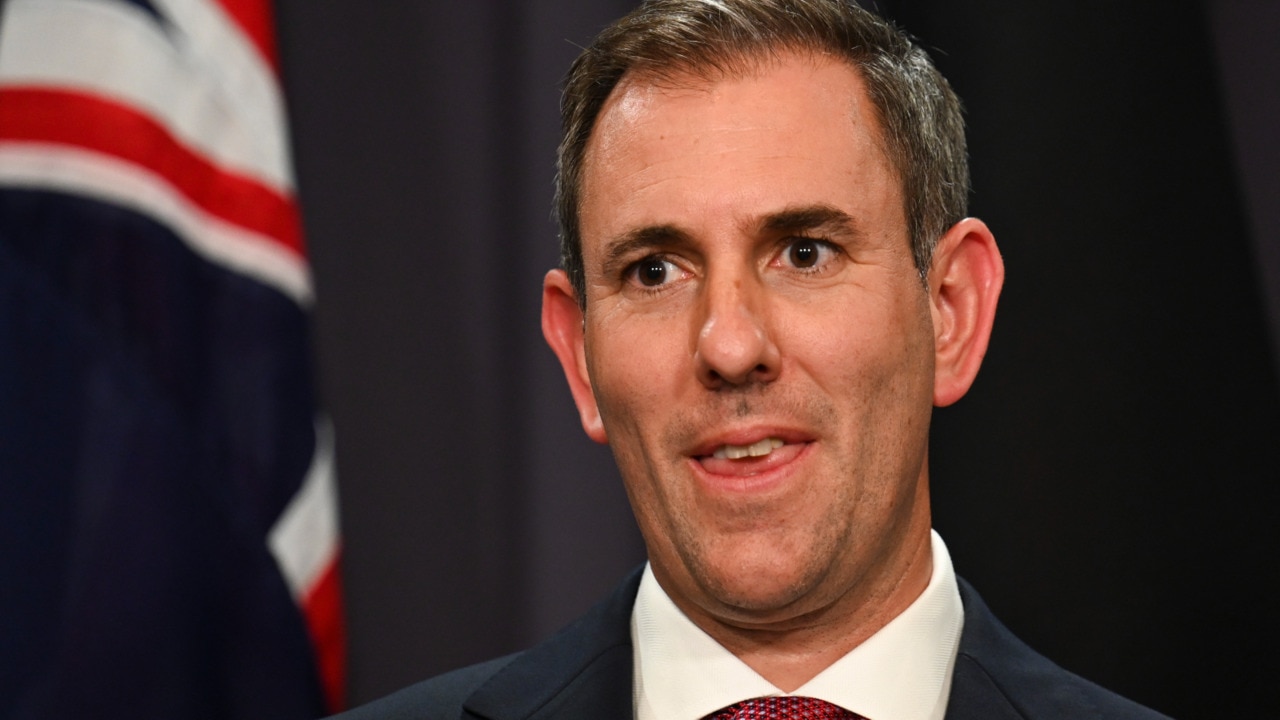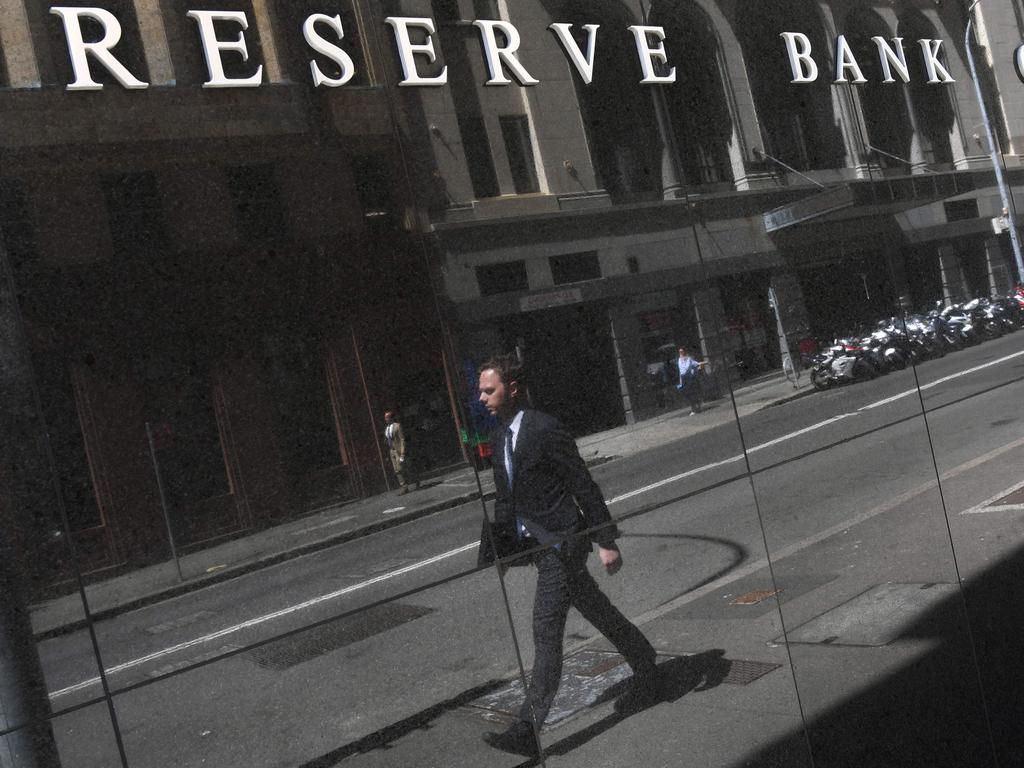$80bn budget blow from higher interest rates
Wednesday’s mid-year budget update will reveal interest costs are set to supplant the NDIS as the fastest growing expense.

The commonwealth will be on the hook for an extra $80bn in borrowing costs over coming decade thanks to the sharp rise in interest rates since May, this week’s budget update will reveal.
The rapid escalation in forecast interest expenses comes despite Treasury saying national debt will peak substantially lower than previously anticipated, as high commodity export prices and a booming jobs market drive a massive rise in government tax revenues.
Jim Chalmers said “higher interest rates are hurting households and they’re hurting the budget as well, and that’s what our mid-year outlook will show on Wednesday”.
The Australian understands Treasury officials no longer believe gross debt will reach the vaunted $1 trillion mark in the forward estimates – a figure the Albanese government has used repeatedly to attack the Coalition’s fiscal record in the wake of the unprecedented spending splurge in response to the pandemic lockdowns of 2020 and 2021.
Reflecting the rapid rise in global interest rates over the past six months, the forecast long-term average cost of new borrowing has been ratcheted higher to 4.7 per cent, from the 3.4 per cent rate assumed in May.
As a result, this week’s mid-year economic and fiscal outlook will show interest costs are set to supplant the NDIS as the fastest growing expense in the budget.
The commonwealth’s interest bill is now anticipated to grow at an average annual pace of 11.7 per cent a year out to 2033-34, from a previously predicted 8.8 per cent.

The cost of the NDIS scheme, in contrast, is expected to grow at an average annual rate of 10.1 per cent over the coming decade, MYEFO will show, against the 10.4 per cent in the May budget.
The cost of the flagship disability support program had been expected to grow by 14.4 per cent a year before Labor in April announced its intention to cap growth in the cost of the program to no more than 8 per cent a year from 2026.
The May budget predicted debt would climb from $887bn in 2022-23 to above $1 trillion in 2025-26.
Gross debt will reach $909bn by mid-2024, according to the updated forecasts, or nearly $50bn below the level predicted in May.
“By dealing with the debt, by getting the budget in much better nick, by delivering that surplus, by getting the deficits much smaller, we avoid a big chunk of interest costs,” the Treasurer said.
“And that means we can use that money to either repair the budget, and invest in cost of living or relief or to invest in the future of our economy, and that’s our strategy,” Dr Chalmers said.
Higher borrowing costs mean debt will peak lower at 35.4 per cent as share of GDP, rather than at 36.5 per cent, but also two years later than previously predicted – in mid-2028.
Despite this, gross debt as a share of the economy will still be lower every year from now until the end of the medium term versus the forecasts at the May budget.

After reporting a $22.1bn surplus for 2022-23 – the first time in 15 years that the nation’s finances have been in the black – Dr Chalmers on Sunday flagged that the rolling series of historic tax revenue upgrades had continued into this financial year.
Stopping short of declaring another surplus was in sight, he said Wednesday’s mid-year update “will show really welcome, really encouraging, really substantial progress when it comes to getting the budget in much better nick”.
The May budget pencilled in a $13.9bn deficit for this financial year, however monthly financial statements from the Department of Finance show the deficit running $9.1bn smaller than expected in the financial year to October.
Private sector economists are optimistic that the budget will stay in the black in 2023-24.
S&P Global Ratings analyst Anthony Walker said “we won’t be surprised if they (the commonwealth) are in surplus again this year … In a global context the government’s fiscal position is very strong and debt is comparatively lower than in other advanced economies, most of which are in deficit.”
CBA economists have forecast an underlying cash surplus of $20bn for this financial year, while budget expert Chris Richardson has predicted a surplus of $10.4bn.








To join the conversation, please log in. Don't have an account? Register
Join the conversation, you are commenting as Logout